The Spanish Princess's Charlotte Hope on Catherine of Aragon and the Thin Line Between Heroes and Villains
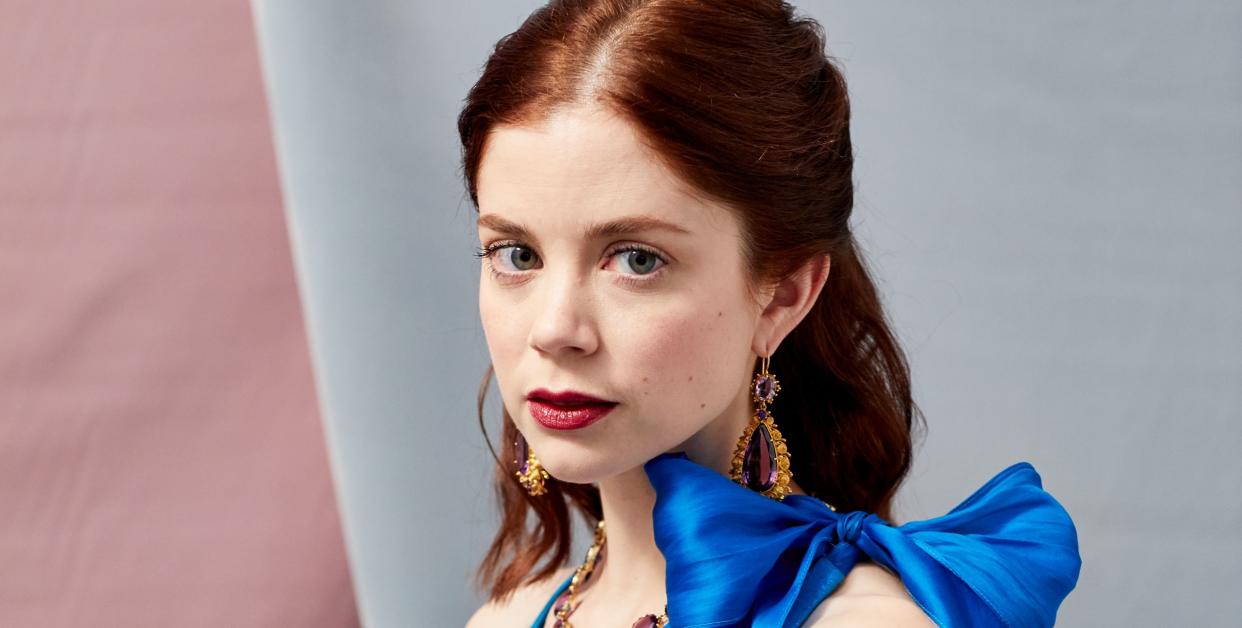
It isn't so simple to make a story that's been told for nearly 500 years feel fresh, but that's just what The Spanish Princess does. That might be in part because people-sometimes even those of the royal variety-are motivated today by many of the same things (like power, fortune, and revenge) they were back then.
The series, which airs Sunday nights on Starz, follows Catherine of Aragon as she makes the pilgrimage from Spain to become the Queen of England. It takes great pains to explore parts of the story that haven't been told before, which was part of the appeal for Charlotte Hope, the English actress who plays Catherine. "At no point are we expecting you to forget what happens," she tells T&C, "we’re just asking you to look at the beginning."
And who wouldn't want to? The series (based on novels by Philippa Gregory and produced by Emma Frost and Matthew Graham, the team behind The White Princess) is visually stunning and features an impressive cast including Laura Carmichael and Harriet Walter.
T&C sat down with Hope to talk about inhabiting a royal mindset, the thin line between heroes and villains, and the superstar she studied to get Catherine's Spanish accent just right.
The story of Catherine of Aragon and Henry VII is often about the men it affected, but so much of this series is about the women involved and how they wielded their power. How is that expressed?
Men were at the forefront of these periods, but women were still half of the population. So even if their stories aren’t in the history books, they still exist. In this series, we get to go back and reimagine what these women were doing; we get to explore it ourselves. There are so many male-dominated versions of history, but there were women there as well, and they were doing important things.
There’s a sense in the series of the solidarity between these women, and there’s a focus on what they do-sometimes overtly, sometimes not-to influence the situations around them. Was this always meant to be such a large part of the story?
The great thing about the show is that there are several great female characters. Often you’ll read a script and there’s one great role for a woman, but when I first read The Spanish Princess, it was like, “this woman is amazing, and this other woman is amazing, and, oh, so is this other woman.”
You watch the way the interact, and sometimes they’re working together but sometimes they’re crossing one another. It’s about every facet of the female experience; it’s not just about powerful women or victimized women, it’s about all sorts of different people interacting with one another and the subtext and nuance in their relationships. Sometimes you don’t know if Catherine is the heroine or the villain, and I think that’s so interesting.
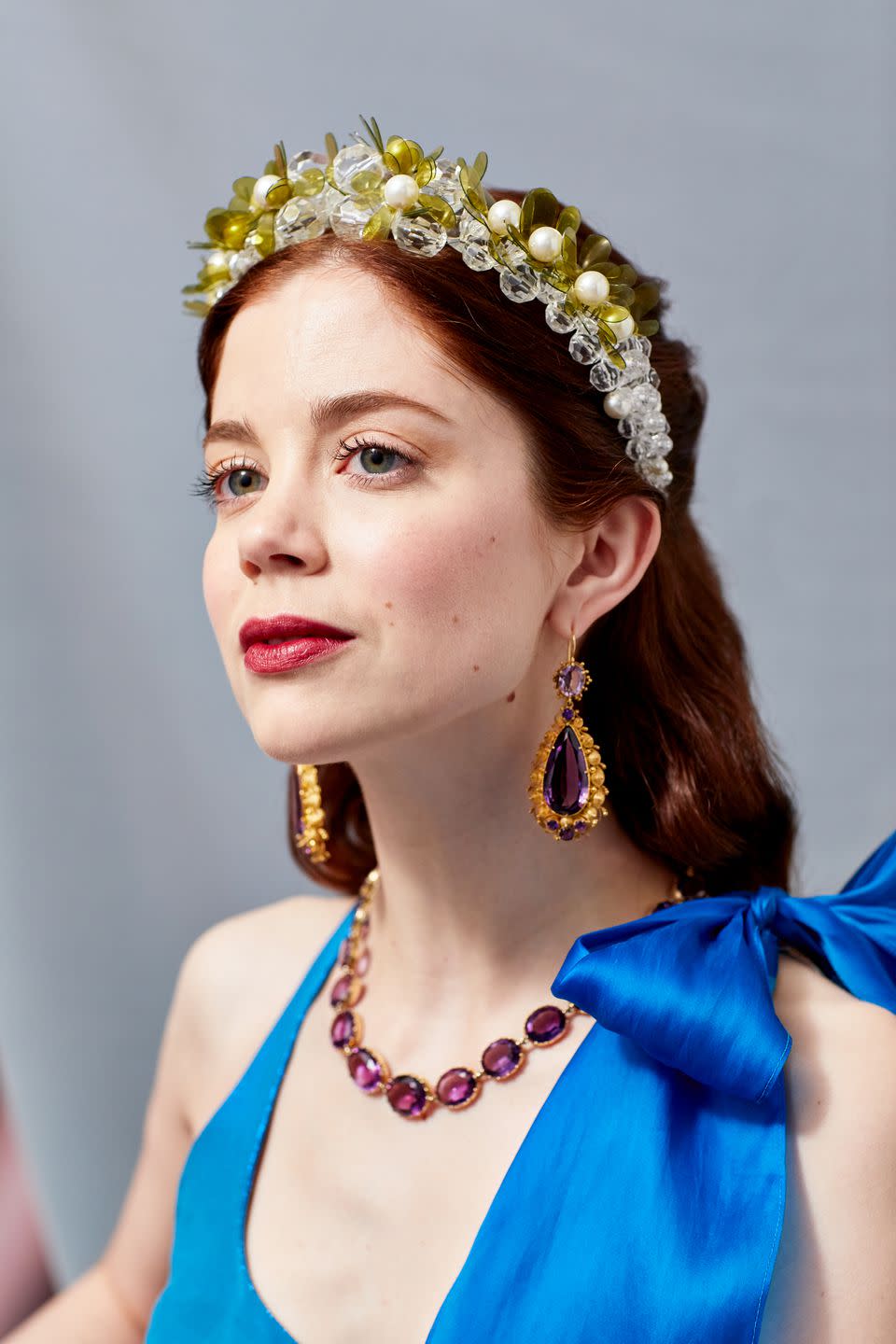
Your character definitely has heroic and not-so-heroic moments. It can be tough to know who to root for.
She’s not always the obvious, likable heroine. As an actress, I’m always on her side-she has to navigate this crazy world and overcome all these obstacles-but one of the other actors said to me one day, “wow, you’re the real villain!” It’s entirely about whose perspective you can relate to.
Part of Catherine’s trouble is that she’s coming to England as an outsider. How did you develop her Spanish accent?
I started listening to Penelope Cruz, but then realized it would make Catherine sound way too sexy. So then I listened to the voice of a ballet dancer called Tamara Rojo; I would listen to interviews with her and try to copy her voice. I spoke fluent Spanish before this, but it isn’t the same. Sometimes we’d run the scenes in Spanish, but that’s not the same as speaking in a Spanish accent.
This is a story that relies on suspense, but everyone knows how Catherine’s life plays out. How do you balance that?
I think that’s part of what makes it so interesting! We know that you know how the story ends, so we get to go back and time and track how we got there. Going into this, I knew about Catherine being Henry’s first wife, and I knew about their divorce, but there’s also so much more to it than that.
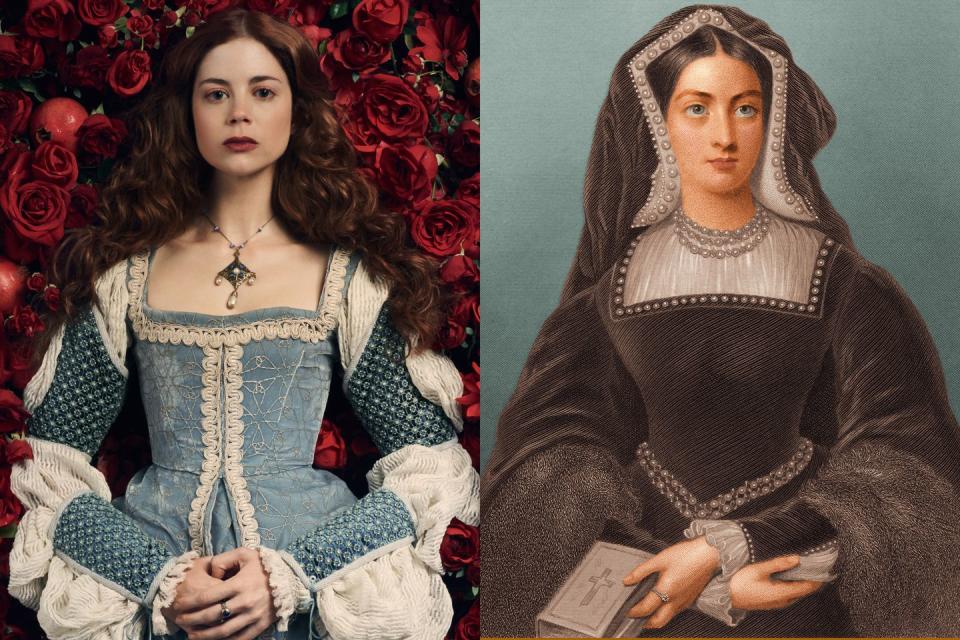
Portraying a character from this period lets you rely a bit on facts, but the way people felt about things was so entirely different. How do you get into the mindset of someone like Catherine?
She’s lonely more than anything. A lot of the books I read really talked about how hard a time she had, so I was trying to imagine a life where you’re cut off from the world you know and the people you trust.
The actual characters were much younger in real life than we see them on the show.
There’s a bit of aging we’ve done, just so we’re not portraying these people as 13-year olds. We got to really play out the love affair between Harry and Catherine, and that would have been more challenging if the characters were played as children.
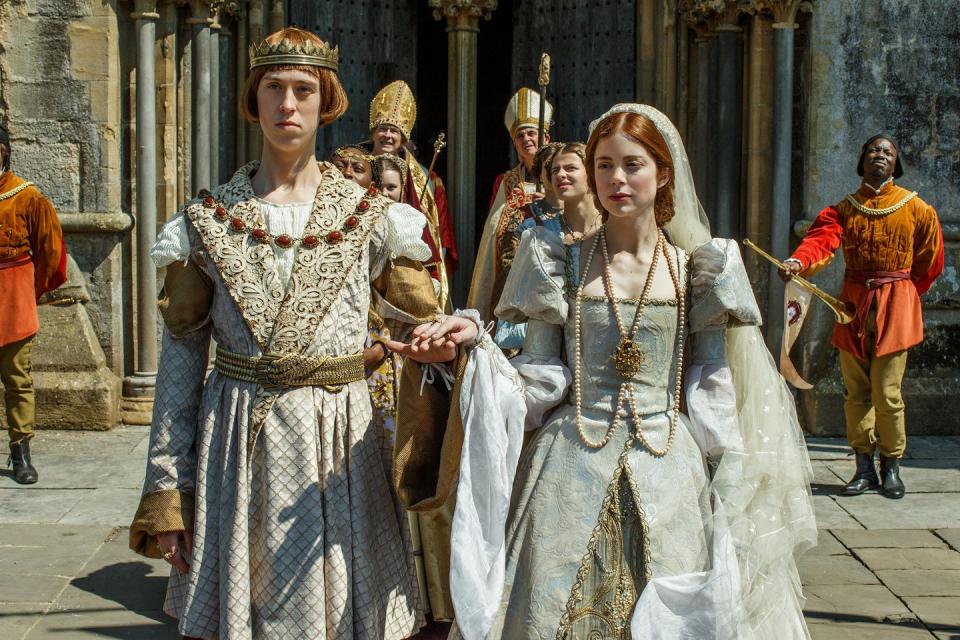
Of all the incredible things you got to wear, is there something you liked the best?
My wedding dress! I’ve never filmed a wedding scene before, and there’s something transformative about putting on that veil. The morning we were shooting, I was saying, “it’s my wedding day,” and someone had to say to me, “no, it’s a Tuesday and you’ve been up since 5 a.m. Chill out.”
One of the things that’s going to divide people about the character is her confidence; she’s just so intent on believing she’s fated to the be the Queen of England. Where does that assuredness come from?
Part of it comes down to her religious devotion. There’s an element of total confidence that comes from religion. I think we’re also sometimes scared of women who are so sure of themselves, but that’s exciting to me. She’s so determined and she knows herself and her destiny, and we should be celebrating that instead of being scared of it. We’d never question a man who’s so sure of himself.
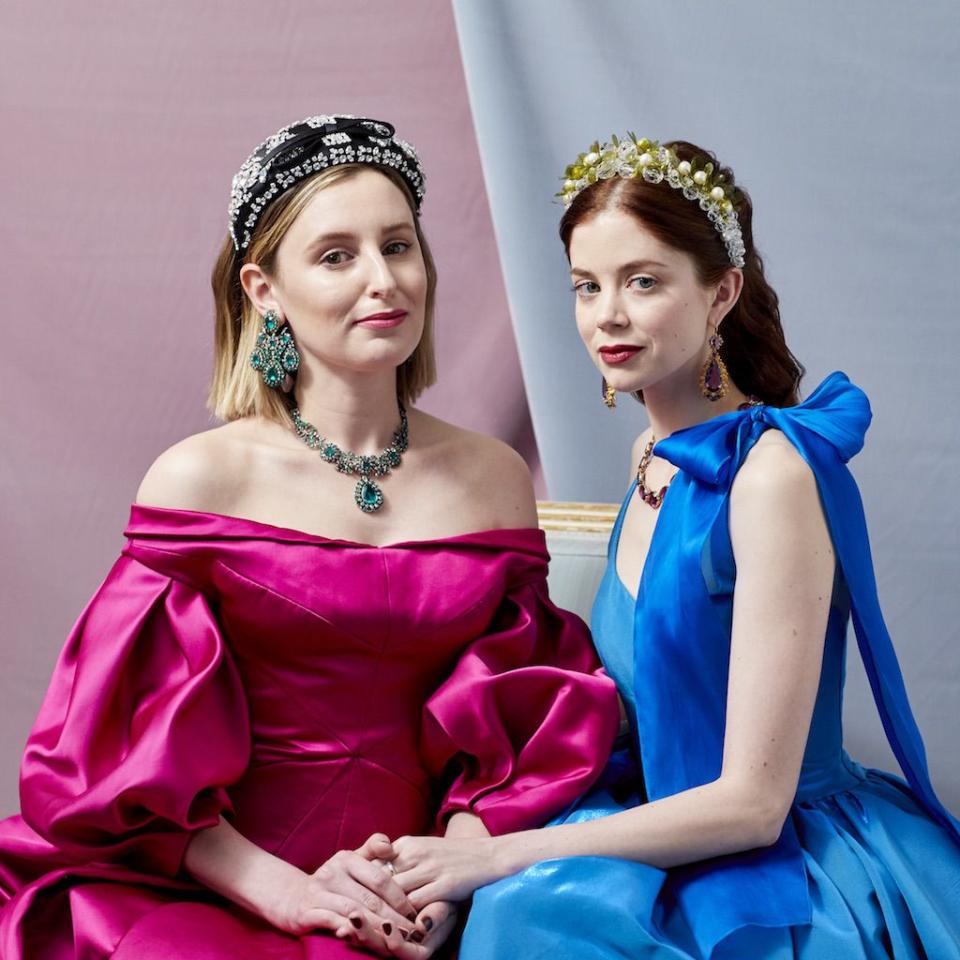
Catherine is so close with her mother, but has a much more complicated relationship with her sister. How does that impact the story?
Isabella is a totally fascinating character. And we got so lucky with [the actress who played Queen Isabella,] Alicia Borrechero, who helped me in grounding Catherine. She told me everything about her from a Spanish perspective, and that version of her is not at all the version we know. In the later half the series, we explore more of Catherine’s relationship with [her sister] Joanna and it’s such an interesting look at how differently the offspring of this one very powerful queen can turn out.
What was the most memorable scene for you to film?
My favorite scenes are all where you get the sense of Catherine as being just a girl in a foreign land. Yes, there are huge political stakes but at the end of the day these are just young people working their way through things. It’s quite a beautiful, sweet thing.
('You Might Also Like',)

